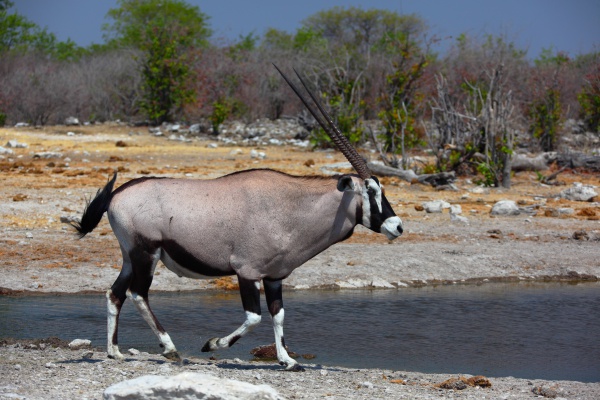Facts About Oryx
Oryxes are a group of large antelopes, renowned for their striking appearance and remarkable adaptations to arid environments. The genus Oryx comprises four species: three native to Africa and one to the Arabian Peninsula. These animals are easily recognizable by their pale fur, dark facial and leg markings, and long, straight horns. The exception is the scimitar oryx, distinguished by its curved horns and unique markings.
Conservation efforts have been critical for the Arabian oryx and the scimitar oryx, both of which faced near-extinction. Through dedicated captive breeding programs, small populations of these majestic creatures have been successfully reintroduced, even extending to locations such as the United States.
The name "oryx" is derived from the Greek word Ὂρυξ, which refers to a type of antelope. Oryxes hold cultural significance in various regions; the Arabian oryx, for instance, is the national animal of Qatar and features prominently in the logo of Qatar Airways.
The Arabian oryx's conservation journey is particularly uplifting. Once extinct in the wild, these animals have been reintroduced in several countries, with the largest population now thriving on Sir Bani Yas Island in the United Arab Emirates. Meanwhile, the scimitar oryx is listed as possibly extinct in the wild, although there are captive populations and some unconfirmed sightings in the wild.
The genus also includes the East African oryx and the gemsbok. The gemsbok is monotypic, meaning it has no subspecies, while the East African oryx has two subspecies and is currently endangered. Despite living in near-desert conditions, oryxes can survive for extended periods without water and typically live in herds. Their sharp, straight, or curved horns can be lethal, making them targets for hunters and raising significant conservation concerns.

 Algeria
Algeria